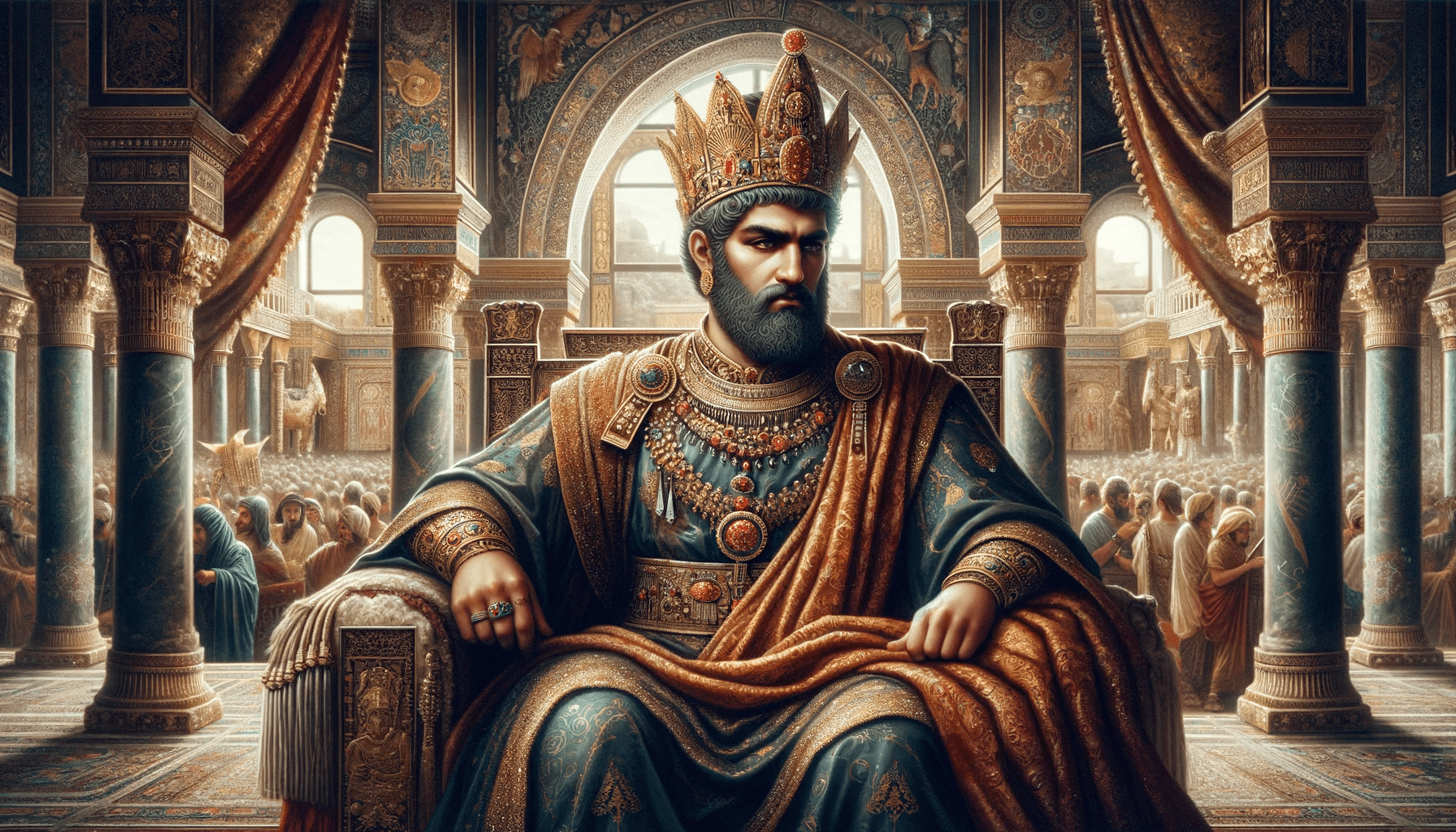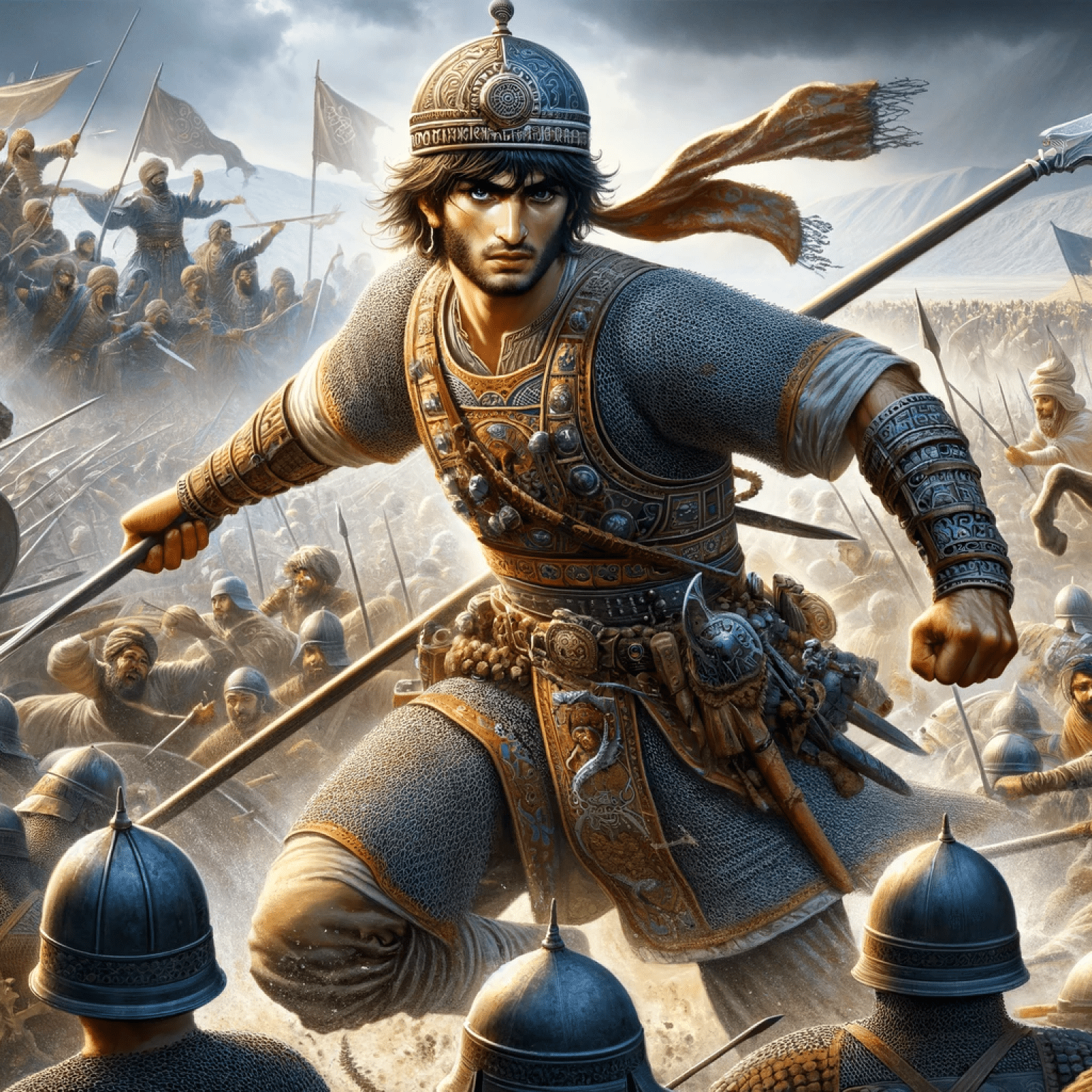
This historical information will provide you with knowledge about the history of the ancient Uzbek people. You will learn about the historical source of the development and construction of the Uzbek people during the period before the arrival of Islam. Tumaris’ story has been published in book form, and by reading it, you will appreciate the courage of a true Uzbek woman.
According to the ancient Greek historian Herodotus in his work “Histories” (5th century BC), when Kir II, founder of the Achaemenid state, invaded Turan in 530 BC, Tomiris was the queen of the Masagetes tribe. The Masagetes lived at that time along the Amu Darya (Araxes or Oxus) river and in the Kyzylkum desert. Tomiris was the wife of the king of the Masagetes and, after the death of her husband, she ruled the state. There were fierce battles between the invading army from Iran and the Masagetes.


In the first battle, the Masagetes, led by the son of Tomiris, Sparangiz (Sparganis), were victorious. However, in a later battle, the Persians captured Sparangiz and some Masagetes by trickery. Unable to bear the disgrace, Sparangiz committed suicide. Tomiris, undaunted by the tragedy of his son, prioritized the interests of his people and asked Kir II to leave the Masageta territory. After the Persian king’s refusal, a relentless battle ensued. Herodotus describes the details of the battle between Masagetes and Persians as follows: “To my knowledge, this battle was the most terrible of all battles between barbarians. First, both armies fired arrows at each other from a long distance. When they ran out of arrows, they fought with spears and swords.

